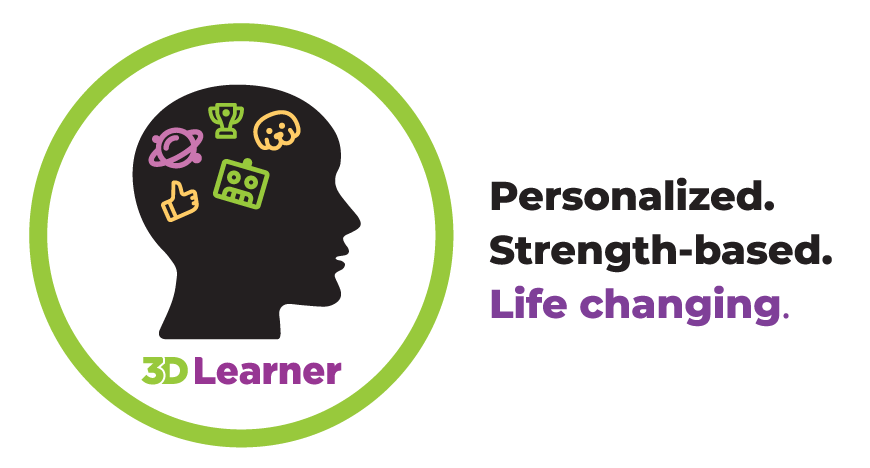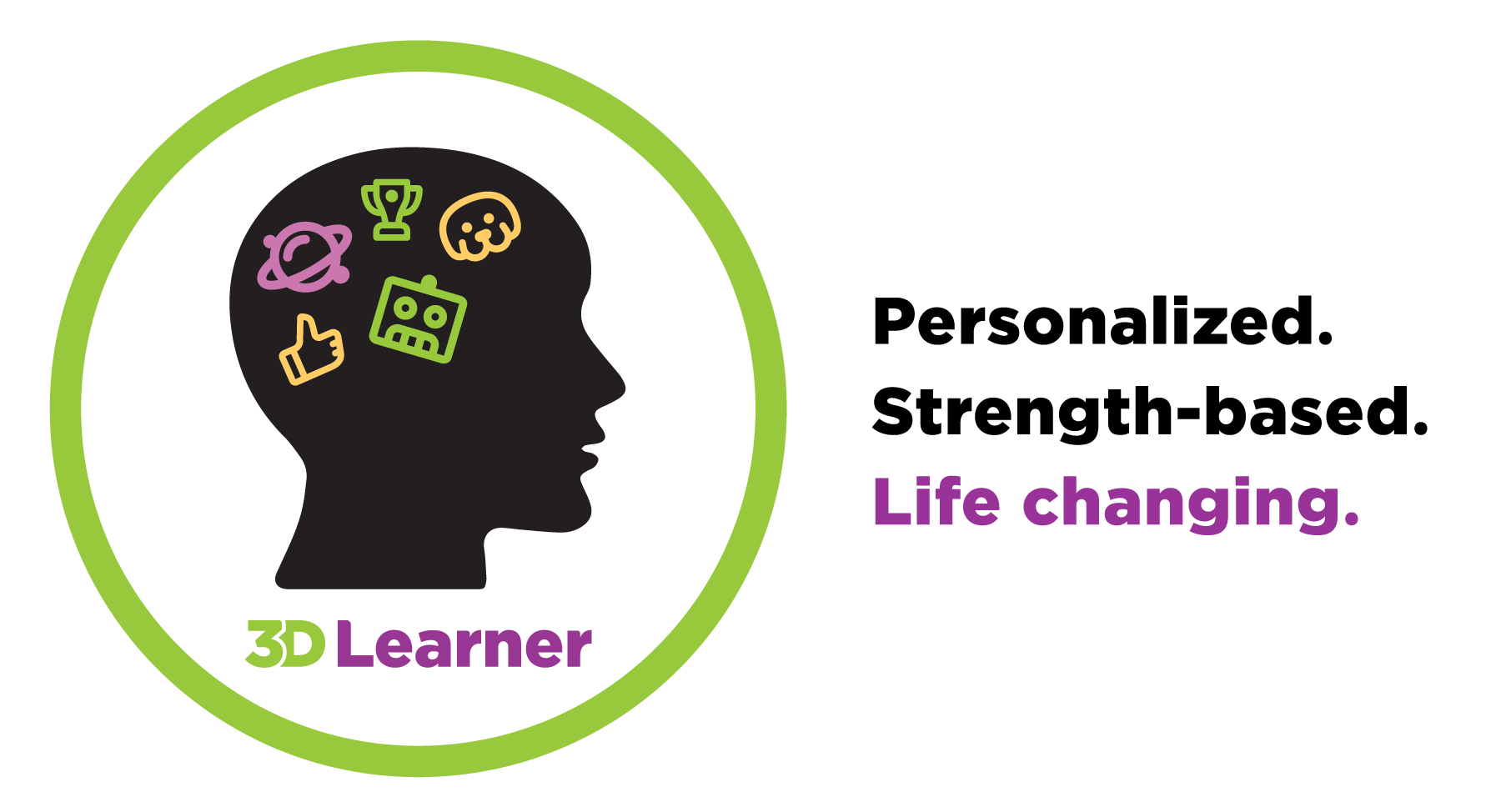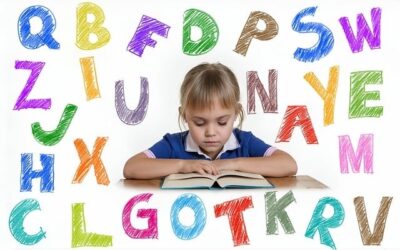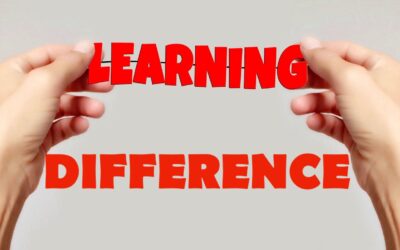The Power of Setting Short Term Goals
For the kinesthetic learner, we are seeing significant reading comprehension gaps. This may well be because they did not read much during the pandemic. Many students we are seeing today are well below grade level. Several questions we suggest you answer are:
Is your child a right brain, visual or kinesthetic learner?
Note, many smart struggling students are right brain, visual or kinesthetic learners. They may have other labels (e.g.. Dyslexia, a learning disability, executive function challenges etc.), but the key to unlocking their potential may be to identify, embrace and capitalize on their ability to learn best when they see and experience information.

- Does your child have a reading or reading comprehension problem or opportunity?
- What would success look like, and what would Outrageous Success look like
- What issues are holding your child back
- Difficulty with phonics and phonemic awareness
- Executive function issues (e.g., working memory, processing speed, attention?)
- Auditory and/or visual processing
- Anxiety, frustration and/or dysregulation
Before choosing a program to pursue, we believe it is important to:
- Decide what is important to your child and you
- Understand that significant progress is often possible, within months
- Identify your child’s present level of performance
- Identify how your child learns best
- Discover which issues are holding your child back
- Understand that most problems can be significantly improved
- Understand how you can be an even more effective coach and advocate for your child
- Most students we see have significant upside potential, but every child is different
That is why we offer a no cost “Conversation on How to Help Your Child Succeed”. You can arrange a 15-minute conversation by either:
Calling us at 561-361-7495 or
Clicking on “Let’s Have a Conversation on Helping My Child Succeed”to find a mutually agreeable time to talk
Is Your Child a Right Brain Kinesthetic Learner?
Does your child have an excellent memory for places visited, even from years ago?
Does your child learn best when they see and experience information?
Is your child a lot smarter than present results would indicate?
Have previous interventions not yielded the desired results?
The reason we start with this question is that
- Many students who are not reaching their potential are a right brain, visual or kinesthetic learner who can do far better with an integrated, engaging and effective program that leverages their strengths.
- Most assessments label a child with dyslexia, a learning disability, executive function challenges or a reading problem. What we have found is that many students who previously struggled, can do far better when they are taught to their strengths:
Consider a 2nd grader who had been through two dyslexia treatments. Her comprehension was two years below grade level, and she did not like to read.
With our help, she was able to:
-
- Improve her reading comprehension 2 grade levels in 4 months and 3 grade levels in 7months, while reading 23 chapter-books.
- Go from struggling dancer to one of the best in her class.
- Become much calmer, less anxious and proud of who she is.
Consider a 9th grader. His comprehension was 4 years below grade level. He read slowly and whether he was able to go to college was in question.
With our help, he was able to:
-
- Improve his reading comprehension 4 grade levels in 3 months
- Increase his reading speed from 200 to 360 words
In many cases students do not reach their potential, because they are not taught to their strengths.
The right brain kinesthetic learner can do far better when taught to his or her strengths
Does Your Child Have a Reading or Reading Comprehension Problem or Opportunity?
With two years of inconsistent learning, we are seeing even more students with reading and reading comprehension issues. It is important to identify which issue you are trying to address.
Reading issues often refer to difficulty with decoding or phonemic awareness. That is matching the sound symbol relationship. Rapid naming (i.e., the ability to quickly and effectively blend the sounds) is often part of the reading issue.
Reading speed is often not addressed. We have seen students in middle and high school who read tortuously slowly. This is often related to a visual processing challenge.
Reading comprehension is often a key issue to success in school.
A right brain kinesthetic learner may be reading at or above grade level,
but have the capacity to read at the 90th or even the 99th percentile
with the right help
At 3D Learner, we address reading, reading speed and reading comprehension issues. We do it for students with significant reading challenges and for those who are reading OK, and have the potential to do far better. Consider two examples:
- A mom asked the principal for help. Her daughter was reading at the 48th percentile and mom knew she had the potential to do far better. The principal discouraged the mom, saying, “Someone has to be average”. With our help, the young lady went from the 48th to the 95th percentile. She also went from an introvert to an extrovert and finished in the top 10 percent of her high school class.
- Another student was at the 58th percentile after two years of a dyslexia treatment, where he had made little progress. With our help, he was able to get to the 99th percentile and go on to Harvard.
All these gains were made because a parent, often a mom, took a path less taken.
That is why we offer a no cost “Conversation on How to Help Your Child Succeed”. You can arrange a 15-minute conversation by either:
Calling us at 561-361-7495 or
Clicking on “Let’s Have a Conversation on Helping My Child Succeed” to find a mutually agreeable time to talk
For Your Right Brain Kinesthetic Learner, What Would
Outrageous Success Look Like
Focusing on reading for the moment, what would you want for your child? Consider the following:
- Reading fluently
- Reading speed and reading comprehension at a much higher level
- Able to understand inferences, main ideas and other subtleties
- Loving to read
Before setting goals, it is important to focus on what is important to you.
What Issues are Holding Your Right Brain Kinesthetic Learner Back
- Decoding, phonemic awareness and executive function issues
- Visual processing is often missed. Over 70 percent of our students have a visual processing issue.
- Your child is not being taught to their strengths
- Executive Function Problems
- Anxiety, frustration and dysregulation
- Schools do not often:
- Teach the way your right brain kinesthetic learner learns best
- Address the executive function issues. Their testing may identify a working memory,
Processing speed and/or attention issue, but their solution is accommodations
- The visual processing issues are rarely identified at school and are not addressed. We use a Visagraph ® that will show you how your child’s eyes track when reading
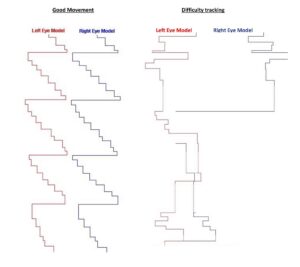
The student on the left has excellent tracing. The student on the right has a visual processing issue.
- Set goals that are consistent with your child’s potential
- Most programs address specific skills, but they do not often address the whole child
- Few programs teach you how to be the most effective coach and advocate your child needs
For Your Right Brain Kinesthetic Learner with Reading Comprehension Challenges, Consider the Following Short-Term Goals
- Determine what is important to you
- Discover how your child learns best
- Discover what issues are holding your child back
- Find out what your child’s present level of performance is
- Work with a professional to decide what is possible
Parenting a right brain kinesthetic learner can be a real roller coaster. The last two years have been hard on many of them and on parents, too.
That is why we offer a no cost “Conversation on How to Help Your Child Succeed”. You can arrange a 15-minute conversation by either:
Calling us at 561-361-7495 or
Clicking on “Let’s Have a Conversation on Helping My Child Succeed” to find a mutually agreeable time to talk
